
What is the disease that causes frequent numbness in the legs? What is the cause?
Numbness in the legs and feet may be related to temporary conditions or injuries, such as sitting awkwardly, which reduces blood flow. However, tingling or loss of feeling, also known as paresthesi, could be a sign of a chronic medical disorder like multiple sclerosis or a peripheral nerve disorder.
The duration of numbness is a sign of how serious the issue is and the type of treatment. With minor issues, the feeling should pass quickly once you get blood circulating again. Persistant and recurrent numbers indicates an underlying condition that requires a medical evaluation and treatment.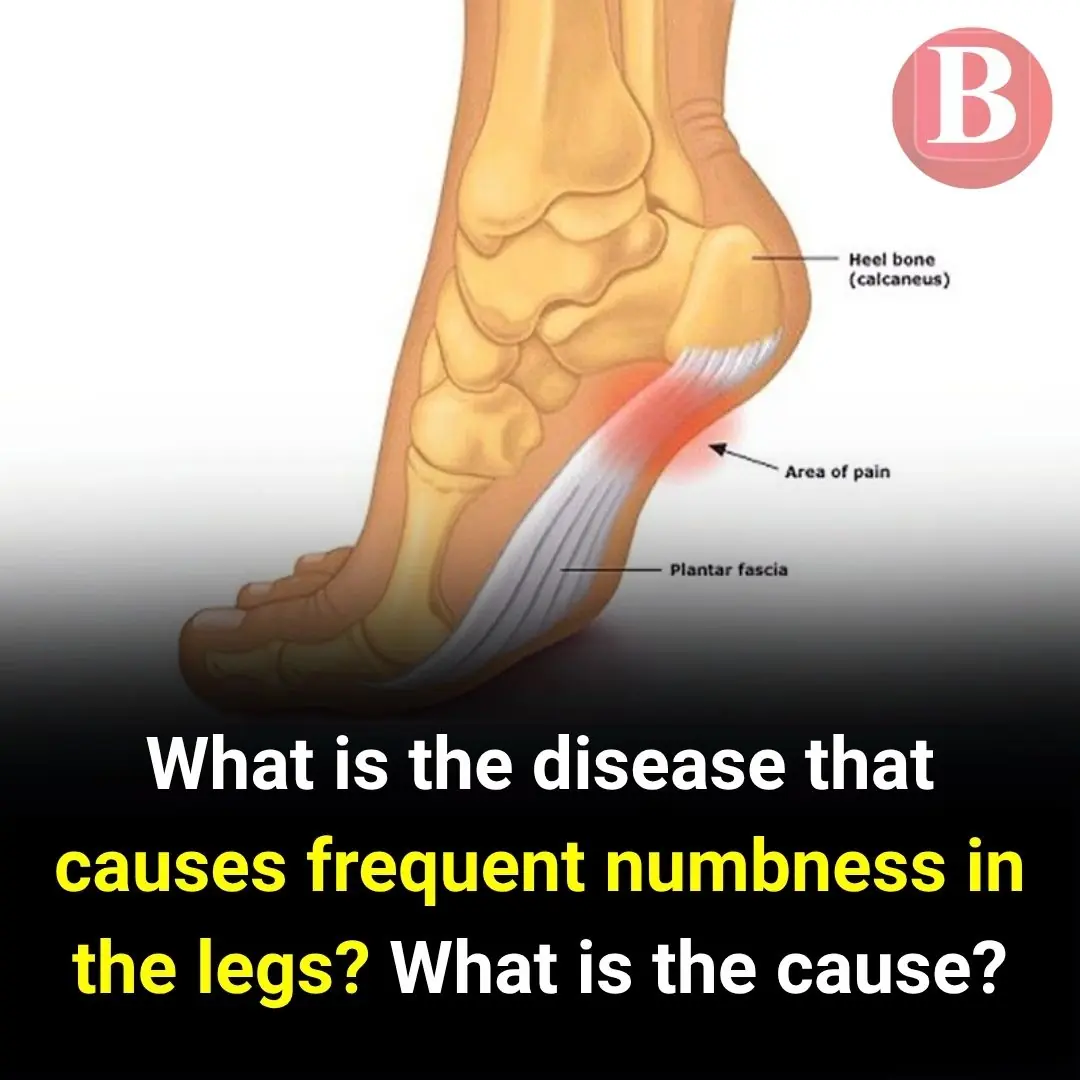
Causes
There are many potential causes of tingling and numbness in the legs and feet. These include temporary circumstances that can usually be rectified and reversed. However, the lack of sensation can also be due to a chronic condition that requires long-term treatment.
Short-Term Conditions
The most common cause of temporary "pins and needles" is poor posture. Sitting or standing in one position for a long time can cause a compression of nerves or lack of blood flow.2 Once you move, the sensation typically goes away.
Other acute (sudden or short-term) causes can be related to more complex conditions. These include the following:3
- Vitamin B12 or thiamine (B1) deficiency can cause nerve damage. Proper nutritional support can relieve the symptoms.
- Frostbite freezes blood vessels temporarily, preventing proper circulation, but may be treated with appropriate rewarming techniques.4
- Chemotherapy medications can cause nerve damage. This will usually go away over time once therapy ends.
- Strokes and mini-strokes may affect the parts of the brain responsible for sensory input. With rehabilitation, the loss of feeling may be totally or partially restored.
- Surgery that affects the nerves that lead to the lower leg and feet can cause a temporary loss of feeling.5
- Vasculitis, inflammation of blood vessels, leads to impaired blood vessel structure and function, but the symptoms usually resolve on their own or with home care.6
Shellfish Toxins and Paralysis
Certain types of seafood can contain potentially paralyzing or even fatal toxins.7 If you feel tingling or numbness within half an hour to two hours after consuming the shellfish, seek emergency medical attention.
Injuries
Traumatic events that cause injuries to the nerves in the neck or spinal column can produce the feeling of numbness or tingling in the lower extremities.
These injuries put pressure on the nerves that affect the legs, a condtion known as radiculopathy, specifically, radiculopathy that cause numbness or paresthesia in the leg is known as sciatic
Causes of sciatica include:
- Trauma that leads to bone spurs forming on the spine8
- Herniated disk
- Pinched or compressed nerve due to overuse9
- Tarsal tunnel syndrome, compression of the posterior tibial nerve (a branch of the sciatic nerve) that is often a result of ankle injuries10
These can be treated with home care such as rest and over-the-counter pain relievers. Prescription medication and physical therapy may be required, and in severe cases, surgery is necessary to reverse the loss of feeling.
Chronic Conditions
Some chronic health conditions have leg numbness and tingling as a symptom. Complex diseases such as those associated with metabolic disorders, for example, disrupt chemical processes in the body, leading to nerve problems.11
Examples of conditions that may cause this sensation include:
- Atheroscleros: Plaque buildup in the walls of arteries that transport blood to the legs can cause numbness and tingling, a condition known as peripheral artery disease.
- Diabetes: Chronically high levels of glucose damage nerves, leading to peripheral neuropathy.
- Multiple sclerosis: A person's immune system attacks the protective myeli sheath surrounding nerve fibers, causing weakness, pain, and numbness in different areas of the body.14
- Raynaud’s phenomenon: Blood vessels in the feet constrict, reducing blood flow, resulting in pain, color changes in the skin, and numbness.15
If you’re experiencing tingling or numbness in the legs and feet, it may be accompanied by other symptoms, including:3
- Aches and pains in the affected leg
- Anxiety
- Back pain tht may or may not shoot down the leg
- Burning sensation in the leg
- Crawling feeling under the skin
- Itchiness
- Muscle spasms
- Sensitivity to touch
- Trouble sitting upright or standing
- Weakness of the affected leg
When to See a Healthcare Provider
In some cases, feelings of tingling and numbness in the legs can indicate a serious medical condition or injury.
Consult your healthcare provider about numbness in your legs and feet in the following cases:2
- Numbness is accompanied by a rash.
- You feel dizzy, have a rash, or muscle spasms.
- There is no obvious cause.
- You're urinating more frequently.
- Numbness gets worse when you walk.
When to Call 911
Seek medical care immediately if you have or are experiencing any of the following:2
- Injury to the back, head, or neck
- Inability to move or walk
- Loss of bladder and/or bowel control
- Confusion
- Loss of consciousness
- Slurred speech
- Vision problems
Diagnosis
During an appointment with a healthcare provider, you'll be asked about your symptoms and medical history, and undergo a physical examination.
Additional tests may be needed to provide a diagnosis, including:17
- Blood work
- Nerve conduction studies
- Thyroid function testing
- Toxicology screening
- Vitamin level testing
- Computerized tomography scan (CT scan)
- Magnetic resonance imaging (MRI)
Treatment
Your treatment will depend on the cause of your symptoms. If the leg and foot numbness is caused by a chronic health condition, treatment will focus on reducing symptoms and slowing disease activity.
If numbness is caused by an acute (severe and sudden onset) condition or injury, treatment will focus on healing and rehabilitation.
In the meantime, medication may be prescribed to help. Medications prescribed for nerve pain and discomfort include:18
- Cymbalta (duloxetine)
- Neurontin (gabapentin)
- Tegretol (carbamazepine)
- Pamelor (nortriptyline)
- Lyrica (pregabalin)
Self-Care
Depending on what is causing the numbness in your legs and feet, you may also find some home remedies helpful.
The following remedies may bring temporary relief:
- Rest and elevation: If numbness and nerve discomfort are due to a back or leg injury, take care to avoid placing weight on the injured body part.2 Elevate your injured leg or foot as much as possible by propping it up with a few pillows.
- Exercise: If numbness is not caused by an injury or back problem, gentle stretching and aerobic exercises like swimming, bicycling, and walking may help.19
- Cold therapy: For inflammatory conditions like tarsal tunnel, icing the affected area for 20 minutes at a time can help relieve numbness.
- Compression socks: Also called neuropathy socks, compression socks increase blood flow in the legs and feet, which may relieve pain and nerve discomfort due to vasculitis and other vein-related issues.20
- Foot soak: Fill a tub or container with warm water, adding 1/4 cup of Epsom salt for every cup of water that you use. Soak your feet or legs for about 20 minutes to relieve inflammation and calm the nerves. Research shows that salt baths can be a good treatment for peripheral neuropathy caused by chemotherapy.21
- Capsaicin: The active compound in chili peppers that makes them hot, capsaicin, is an effective remedy for nerve pain and discomfort.22 Topical creams are available over the counter.
Summary
Effective methods to stop numbness in the legs and feet depend upon the cause. Numbness can be caused by many things, including sitting or standing in one position for too long, neurological injury or disease, or chronic health conditions, such as multiple sclerosis or fibromyalgia.
Consult a healthcare provider if you have ongoing or frequent episodes of numbness in your legs and/or feet. A physical examination and other testing will help to determine the cause. Simple treatments can sometimes manage lower leg numbness. Some conditions will require ongoing treatments and medical care.
News in the same category


Achy Mornings? Here’s What Your Body’s Trying to Tell You — And How to Fix It

5 Pancreatic Can.cer Symptoms Often Mistaken for Sto.mach Issues

5 Types of Drinks That Can Harm Your Liv.er and Kid.neys at Night
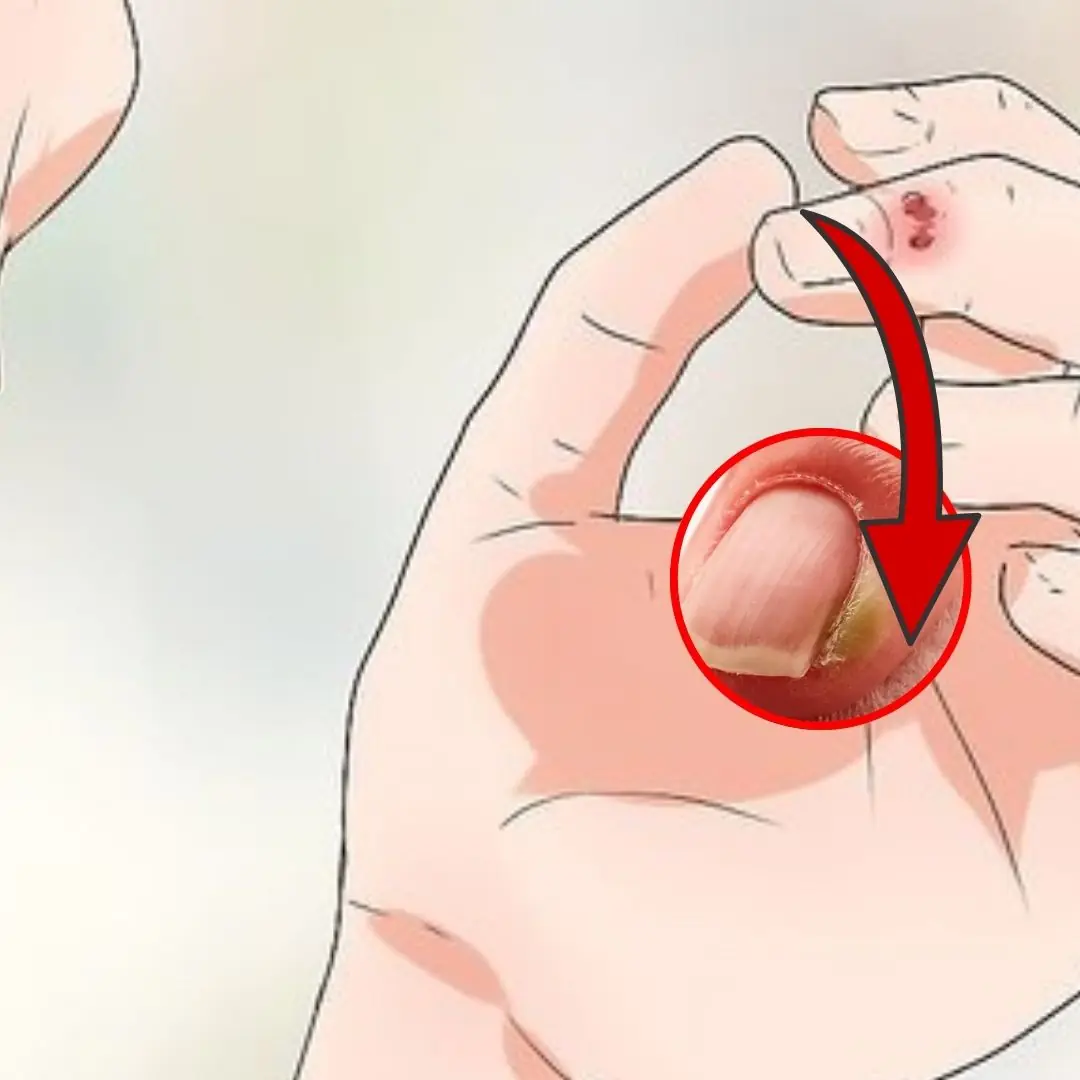
Suffering from Canker Sores? Here Are 3 Powerful Home Treatments You Should Try
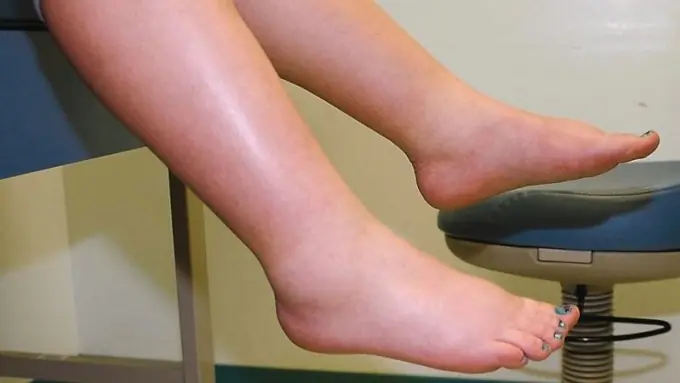
When Fat Invades and Des.troys the Liv.er, the Body Swells in 5 Areas

3 “Golden” Foods That Help Women During Menopause

4 Clear Warning Signs of Stro.ke

6 Bodily Changes That Are “SOS Signals” From Your Kid.neys Before Can.cer

Your Body Might Be Low on Zinc — Here Are 6 Signs to Watch For

Woman gets brain infection after eating refrigerated watermelon

Bread May Be Delicious, But These 5 Groups Should Limit It

Identifying the “Switch” That Reduces Can.cer Cell Survival by 53%

Just 3 Minutes in the Morning: This Simple Test Can Reveal Hidden He.art Disease
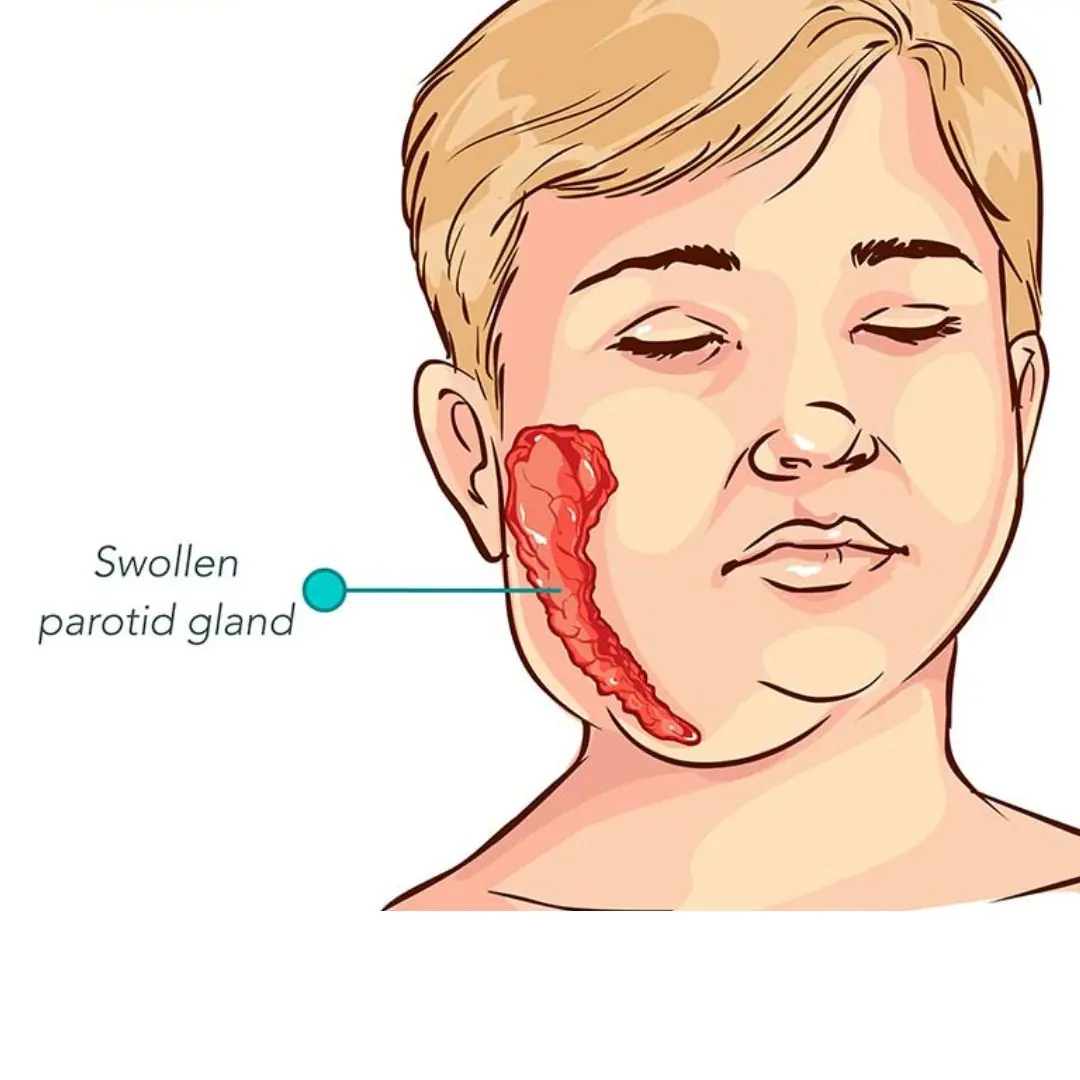
Does mumps in men affect reproductive health?

3 Types of Fruit Can.cer Cells “Love”
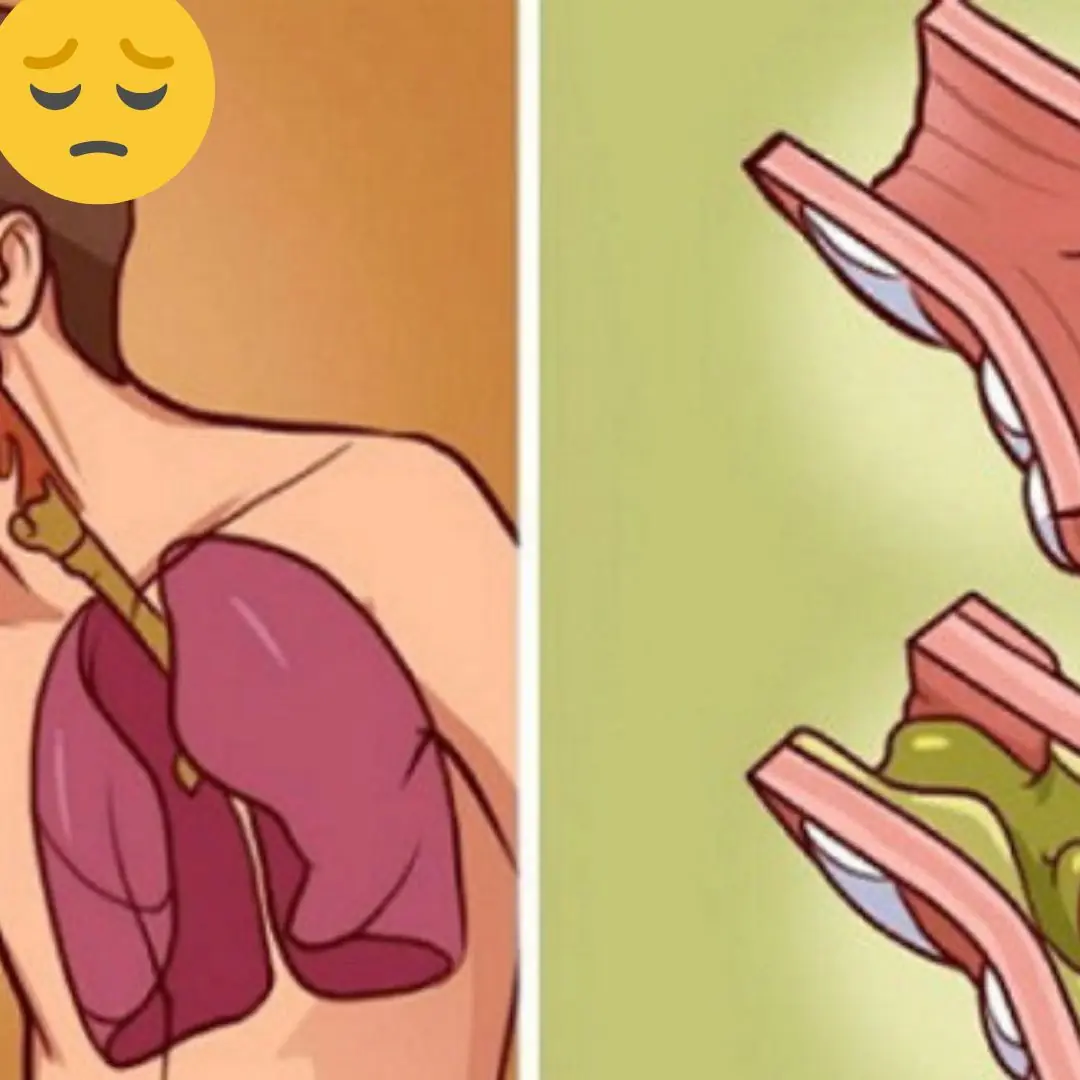
How to remove phlegm and mucus from chest and throat
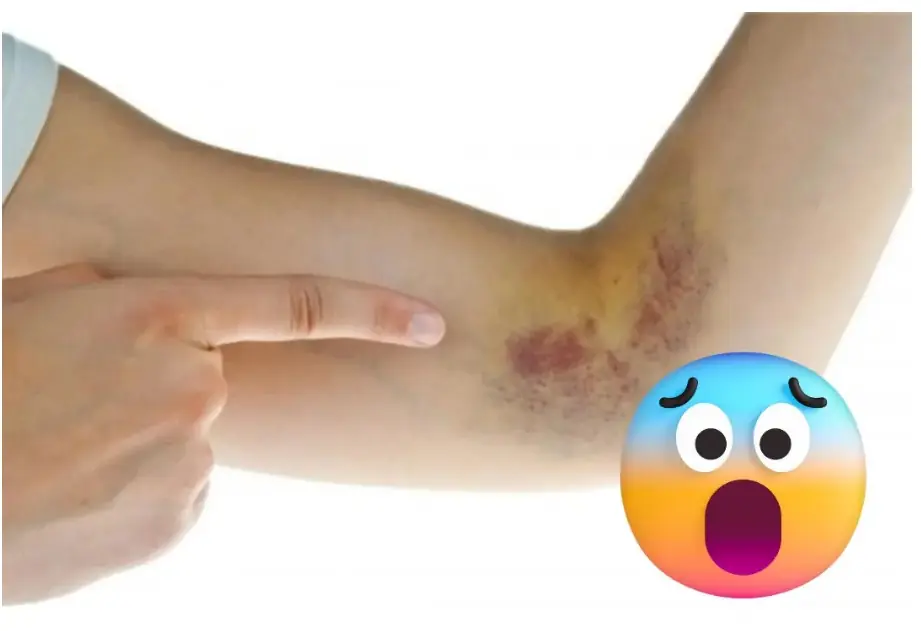
Simple signs to immediately recognize leukemia that you may never notice
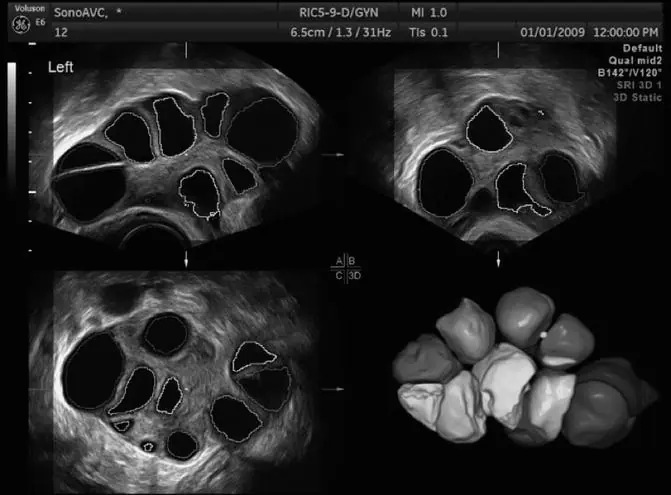
Two Kitchen Habits Behind Ova.rian Cysts — May Turn Can.cerous

3 Cooking Habits You Must Change Immediately
News Post

Tsunami and its warning signs, essential for those who often go to sea

Ever seen red-tipped bananas in Europe? Here’s why they look that way

Spleen Cancer: A Rare But Dangerous Disease – You Need To Know!

When You Propose, Why Do You Get Down On One Knee? Exploring The Tradition Behind The Romantic Gesture

Drinking cold water at these 5 times can easily cause illness, no matter how much you like it, you should stay away from it

Achy Mornings? Here’s What Your Body’s Trying to Tell You — And How to Fix It

8 Early Signs of Mild Kid.ney Failure That Many People Ignore

Drinking Fresh Ginger Juice in the Morning Offers 5 Special Benefits

4 familiar traditional leaves that help de.t.o.x and cleanse the lu.ngs

Top 5 Everyday Foods That Help Women Reduce Excess Fat After 40

5 Pancreatic Can.cer Symptoms Often Mistaken for Sto.mach Issues

5 Types of Drinks That Can Harm Your Liv.er and Kid.neys at Night

Squint your eyes and guess what animals are hiding behind these illusions
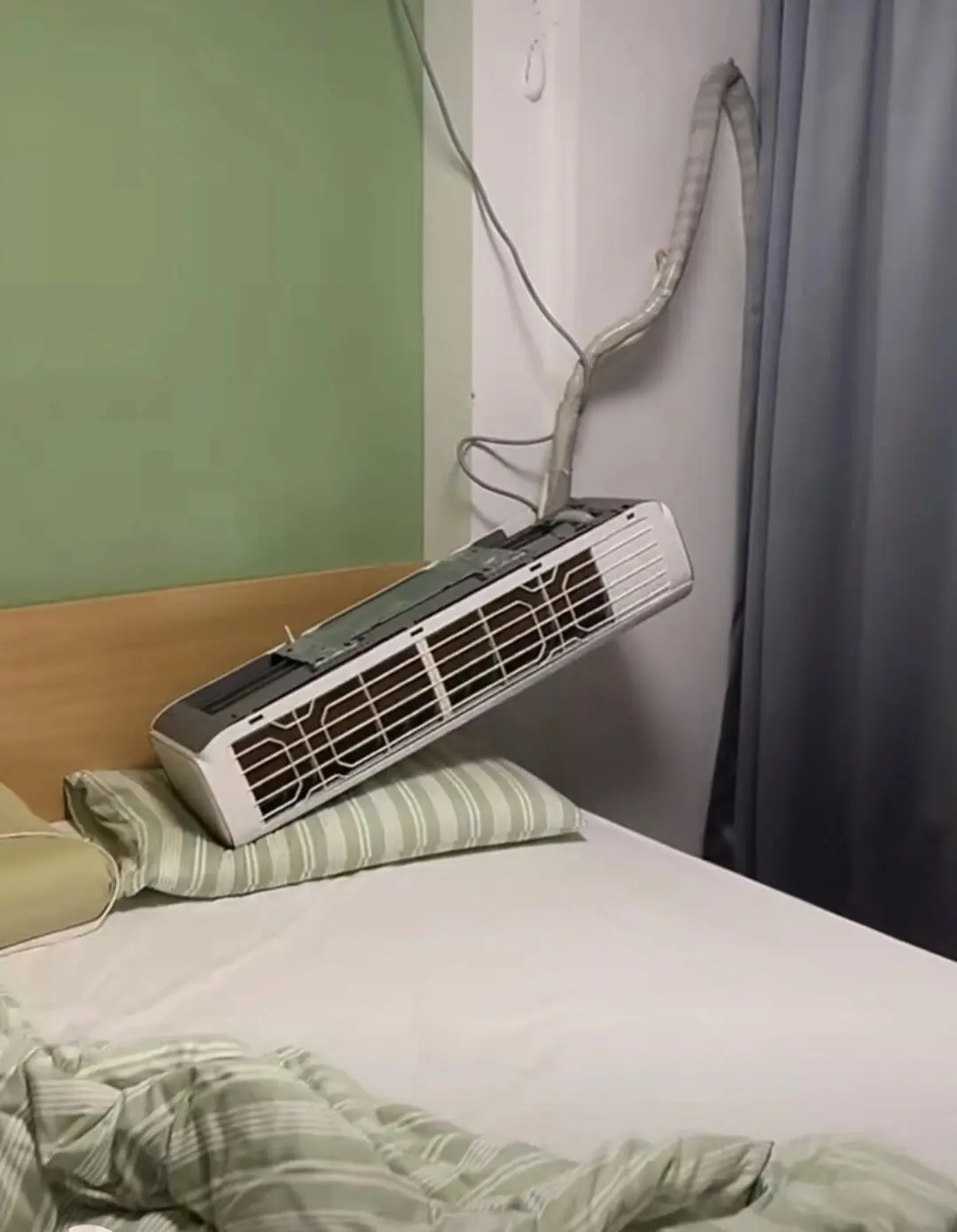
Avoid These 3 Mistakes That Waste Electricity and Harm Your Health

The secret to removing stubborn stains on glass stovetops without scratching the surface

A Dirt-Cheap Kitchen Item Is the Ultimate Cockroach Kil.ler

Only 1% of people guess correctly this fruit associated with childhood – are you one of them?

Suffering from Canker Sores? Here Are 3 Powerful Home Treatments You Should Try

Is Your Home a Hidden Hive? 5 Signs of a Bee Infestation
